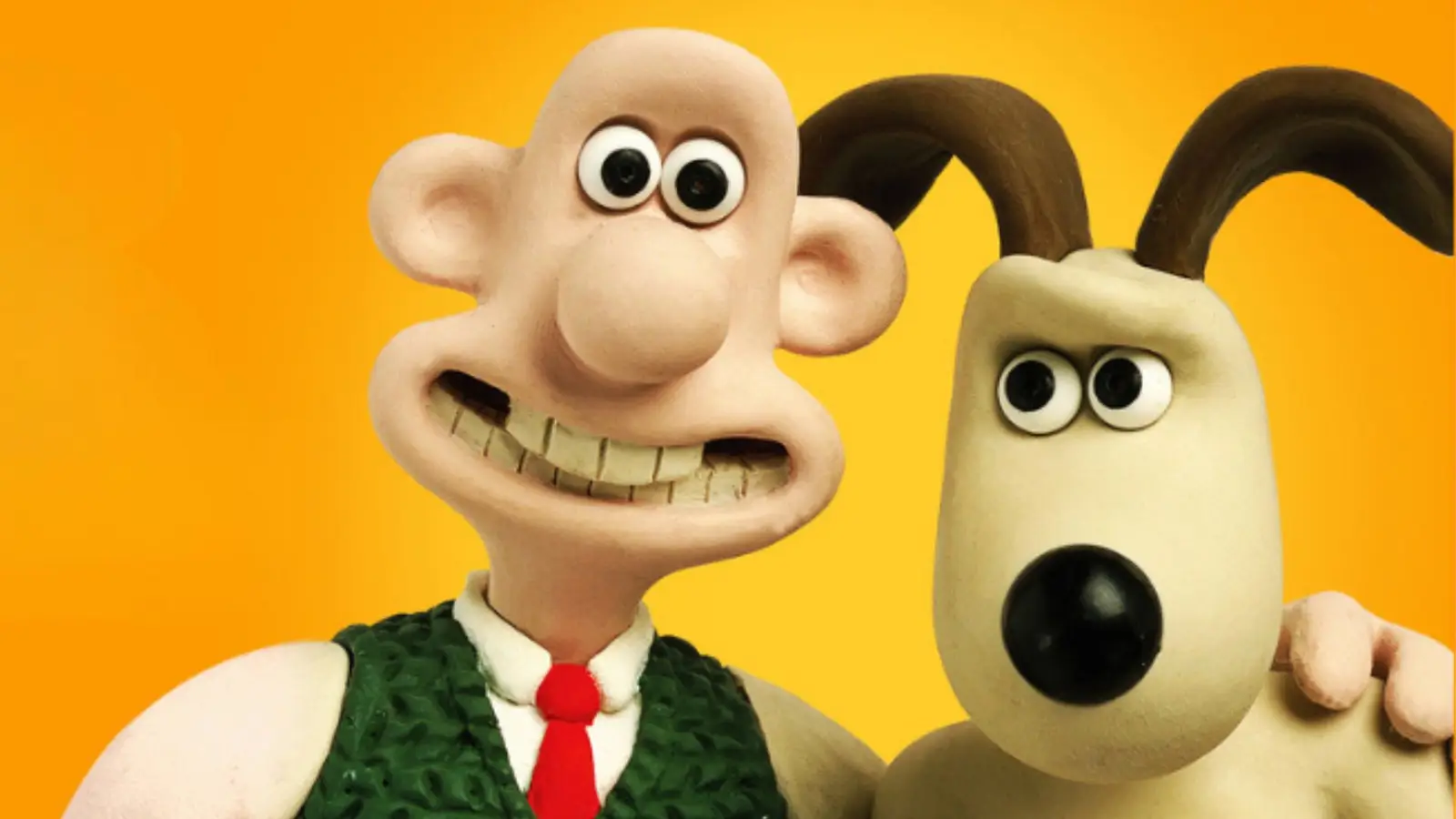
As a Brit on the internet, I’m aware of a few stereotypes that follow British culture — and how hard I personally lean into those tickboxes. We like tea (peach only for me, but I digress), it rains non-stop (well, yes, but I quite like it), and we do have a fondness for Wallace and Gromit (understatement of the year).
Created by Nick Park and British studio Aardman Animations, Wallace and Gromit follows the adventures of eccentric, cheese-loving inventor Wallace and his put-upon but incredibly loyal dog, Gromit. The claymation duo wasn’t a household name from the get-go, however. Aardman’s first animated short, A Grand Day Out (1989), didn’t catapult them into fame, but it did absolutely appeal to the British people with its wry, often self-deprecating humor and adherence to our shared values of community, love, and tolerance, regardless of backgrounds and beliefs.
As more shorts were released, such as The Wrong Trousers (1993) and A Close Shave (1995), the awards and esteem followed. And 20 years ago today, on Oct. 7, 2005, it all came to a head with Wallace and Gromit’s very first feature-length film: Wallace and Gromit: The Curse of the Were-Rabbit.
The Curse of the Were-Rabbit places the odd couple in a new job as anti-pest workers tasked with humanely removing rabbits so that something called “The Great Vegetable Competition” can go ahead — only to take a dark and spooky turn after an experiment goes wrong. Two decades later, it still feels like classic Wallace and Gromit in the best way possible, from the small-town British setting to the dry humor and oddball characters. But what I love about The Curse of the Were-Rabbit wasn’t always set in stone during production. Thanks to Hollywood interference, we almost got a very different movie.
Growing up, Aardman Animations’ Wallace and Gromit animated shorts were a main event at my house. So you can imagine that a movie wasn’t taken lightly. I remember being packed in alongside my sister, dad, and mum in a dark, hushed movie theater, giddy with delight that we were getting something longer than the previous shorts. Looking back, The Curse of the Were-Rabbit was everything I had imagined it to be: cute goofs between Wallace and Gromit, tongue-in-cheek humor, and a fun, spooky premise.
As an adult, I can appreciate it even more; how familiar the setting and people are, from the way they speak (“telly,” “crikey,” etc) to the little ramshackle houses I walk past every day on my way to the shops. Wallace and Gromit feels like a nostalgic time capsule to the British suburbia of my childhood, and The Curse of the Were-Rabbit embodies it brilliantly.
In 1997, Aardman teamed up with DreamWorks Animation and French film distributor Pathé to co-finance the studio’s first animated feature, Chicken Run (2000). It did so well that Aardman and DreamWorks signed a deal for four additional films, including Wallace and Gromit: The Curse of the Were-Rabbit. With a star-stacked cast featuring Helena Bonham Carter and Ralph Fiennes, as well as Aardman’s signature stop-motion animation, what could go wrong?
As it turns out: a lot. Specifically, the different and contrasting perspectives of what would appeal to audiences between Aardman and DreamWorks almost sank The Curse of the Were-Rabbit. To put it bluntly, the American executives at DreamWorks didn’t understand the British humor and setting that gave Wallace and Gromit its identity. It was dumpy and uncool, and far different from what Hollywood was used to.
According to The Telegraph, the experience of working for DreamWorks left “a sour taste in” creator Nick Park’s mouth. Overall, he found the whole thing stressful. “I would get these notes saying, ‘Shouldn’t Wallace have a cooler, more modern car?’ and I would say, ‘No, you’re missing the point. The irony doesn’t translate. It’s cool because it’s not’,” Park told The Telegraph. “Having made three half-hour films already, I was in a position where I could say, ‘No, Wallace wouldn’t do it.’ There is a false assumption that if things look old-fashioned children won’t relate to it. Well, my favourite programme as a child was Dad’s Army.’”
Wallace and Gromit being seen as cool in any way defeats the entire point of the franchise: the protagonists doing all of these heroic things, saving the day, while being plain and ordinary. It shows that heroes don’t have to be conventionally attractive or the one who stands out among the crowd. You can be loved and adored by simply doing good, regardless of what you’re perceived to be. Furthermore, the setting of British suburbia and the small, everyday lives of the people who live in that area are what make the shorts and films so monumental to me. Growing up, the most exciting thing was when the neighbor’s kids got a new bike, or a garden party was happening and Sally next door was eager to show off her new plants. Low stakes, sure, but as Park himself summed it up: “Where I come from, your biggest ambition would be to grow the biggest carrot.”
I can’t necessarily blame DreamWorks for wanting something cool and sleek to appeal to American audiences. In 2005, the biggest American films were epic genre spectacles like Star Wars: Revenge of the Sith and Harry Potter: The Goblet of Fire. A life of stability and contentment stands in stark contrast to the American dream of upward mobility, success, and wealth accumulation.
Still, I can’t imagine Wallace and Gromit ever moving away from the smalltown suburbia of their home, nor the small cast of bumbling characters that make up their community being replaced by competent, classy individuals. While The Curse of the Were-Rabbit was considered a failure for the Aardman and DreamWorks collaboration, with the latter effectively breaking off that partnership soon after, it did lead to creator Nick Park and Aardman returning to what they love doing: making a Wallace and Gromit that was recognizable to them and the fans.